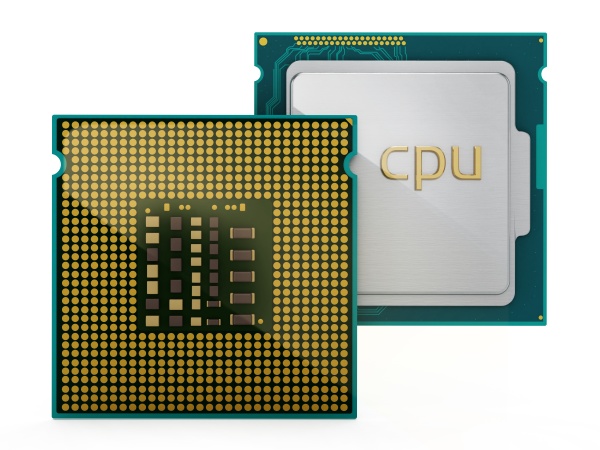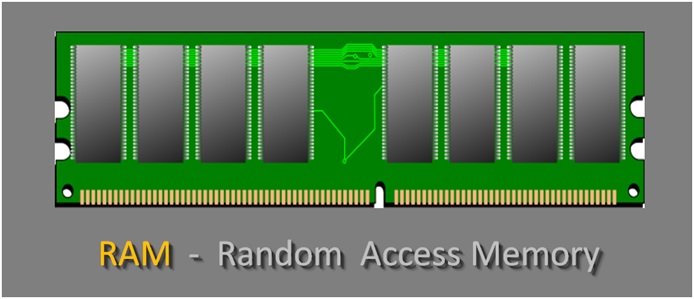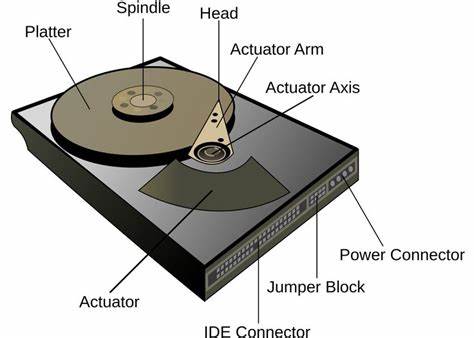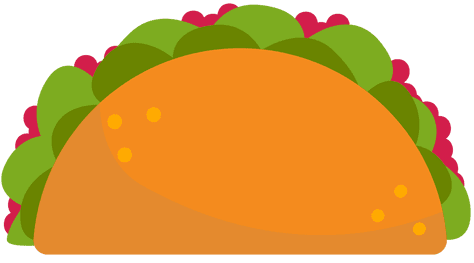Parts of a computer:
- CPU
- Primary storage
- Secondary storage
CPU:
The CPU, often referred to as the "brain" of the computer, manages and executes instructions. It is responsible for carrying out all the computational tasks that allow applications to run. Inside the CPU, there are billions of tiny electronic components called transistors that help process information.


Primary storage:
Primary storage, also known as main memory or RAM (Random Access Memory), temporarily stores data that the CPU needs immediate access to while performing tasks. This type of memory is fast but volatile, meaning it loses its data when the computer is turned off.
Secondary storage:

Secondary storage refers to long-term data storage devices like hard drives, SSDs (Solid State Drives), and external storage media. Unlike primary storage, the data in secondary storage does not disappear when the computer is powered down, making it ideal for storing everything from the operating system to user files.


